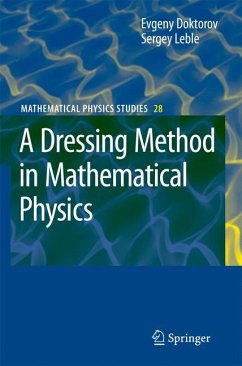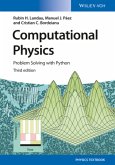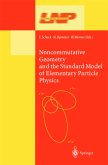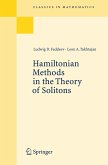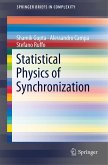The monograph is devoted to the systematic presentation of the so called "dressing method" for solving differential equations (both linear and nonlinear) of mathematical physics. The essence of the dressing method consists in a generation of new non-trivial solutions of a given equation from (maybe trivial) solution of the same or related equation. The Moutard and Darboux transformations discovered in XIX century as applied to linear equations, the Bäcklund transformation in differential geometry of surfaces, the factorization method, the Riemann-Hilbert problem in the form proposed by Shabat and Zakharov for soliton equations and its extension in terms of the d-bar formalism comprise the main objects of the book. Throughout the text, a generally sufficient "linear experience" of readers is exploited, with a special attention to the algebraic aspects of the main mathematical constructions and to practical rules of obtaining new solutions. Various linear equations of classicaland quantum mechanics are solved by the Darboux and factorization methods. An extension of the classical Darboux transformations to nonlinear equations in 1+1 and 2+1 dimensions, as well as its factorization are discussed in detail. The applicability of the local and non-local Riemann-Hilbert problem-based approach and its generalization in terms of the d-bar method are illustrated on various nonlinear equations.
From the reviews: "This book is a collection of the work of the two authors over many years. ... The authors connect nicely the newest contributions and the 150 years of history of Darboux transformations and solvable potentials of the linear Schrödinger equation. ... The book can be recommended to graduate students ... ." (Dmitry E. Pelinovsky, Mathematical Reviews, Issue 2008 k) "The term 'dressing' generally implies a construction that contains a transformation from a simpler state to a more advanced state of a system. ... It provides new insight into this significant research area of great importance. ... The book can be of very great use to graduate students and professional mathematicians and physicists. ... It provides a good introduction to the dressing method, and it is definitely a good job." (Ma Wen-Xiu, Zentralblatt MATH, Vol. 1142, 2008)

